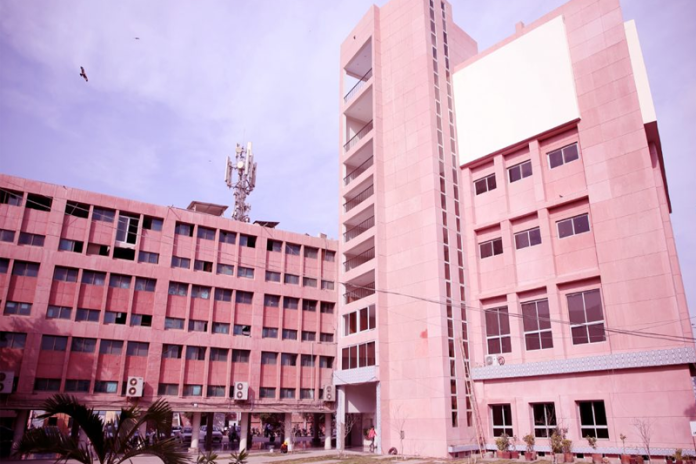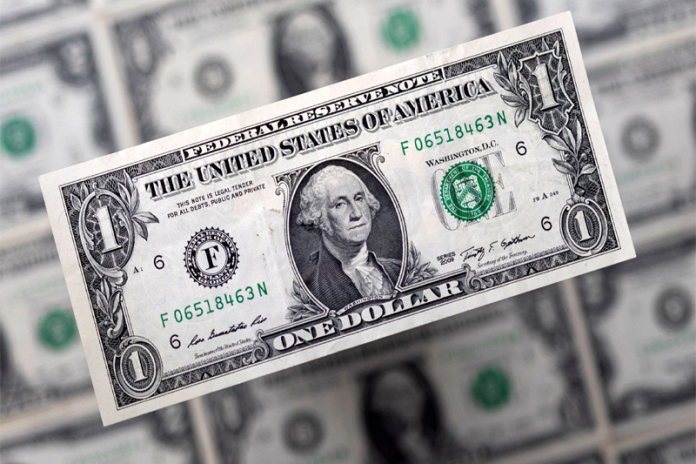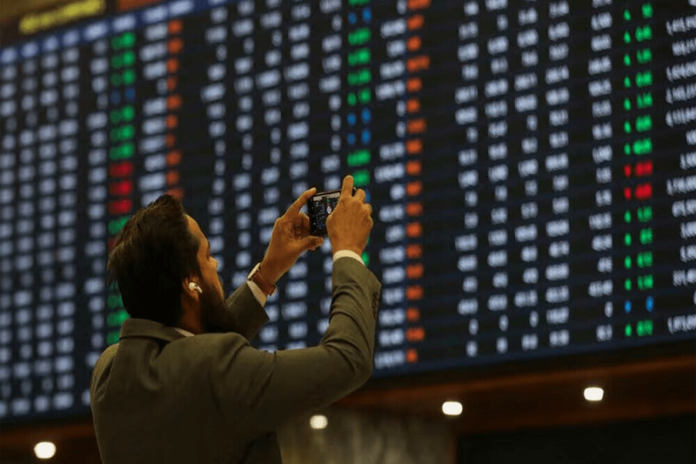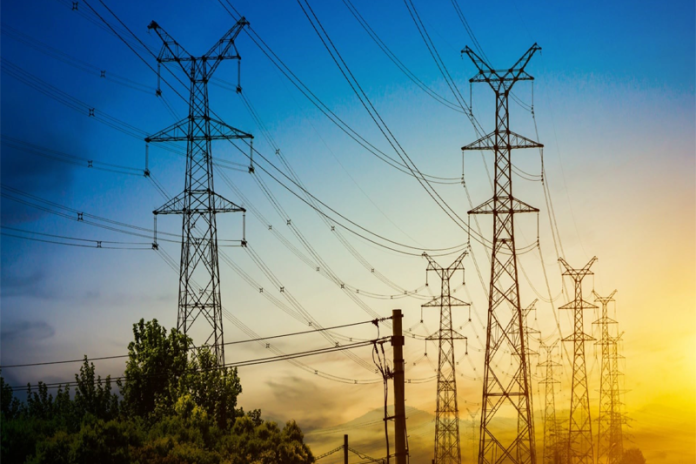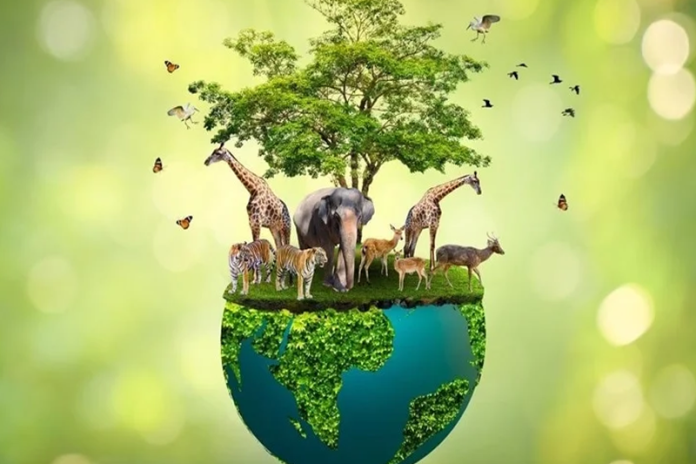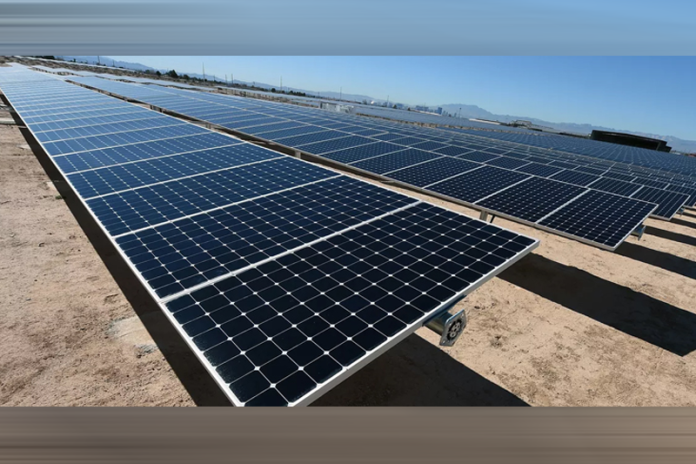Internet Of Things
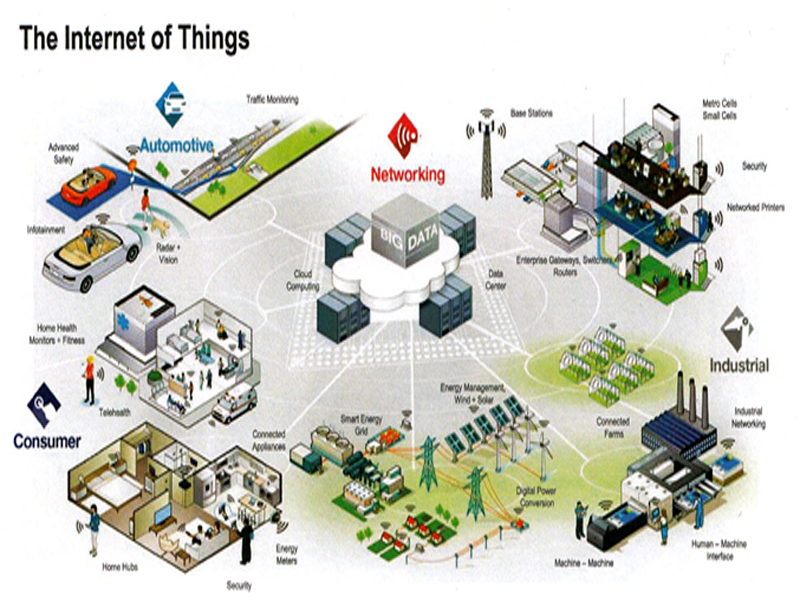
- 517
- 0
The Internet of Things is a scenario in which objects, animals or people are provided with unique identifiers and the ability to transfer data over a network without requiring human-to-human or human-to-computer interaction. IoT has evolved from the convergence of wireless technologies, micro-electromechanical systems (MEMS) and the Internet.
"In the next century, planet earth will don an electronic skin.
It will use the Internet as a scaffold to support and transmit its sensations."
- Neil Gross 1999
A thing, in the Internet of Things, can be a person with a heart monitor implant, a farm animal with a biochip transponder, an automobile that has built-in sensors to alert the driver when tire pressure is low -- or any other natural or man-made object that can be assigned an IP address and provided with the ability to transfer data over a network. So far, the Internet of Things has been most closely associated with machine-to-machine (M2M) communication in manufacturing and power, oil and gas utilities. Products built with M2M communication capabilities are often referred to as being smart. (See: smart label, smart meter, smart grid sensor)
IPv6's huge increase in address space is an important factor in the development of the Internet of Things. According to Steve Leibson, who identifies himself as "occasional docent at the Computer History Museum," the address space expansion means that we could assign an IPV6 address to every atom on the surface of the earth, and still have enough addresses left to do another 100+ earths." In other words, humans could easily assign an IP address to every "thing" on the planet. An increase in the number of smart nodes, as well as the amount of upstream data the nodes generate, is expected to raise new concerns about data privacy, data sovereignty and security.
Although the concept wasn't named until 1999, the Internet of Things has been in development for decades. The first Internet appliance, for example, was a Coke machine at Carnegie Melon University in the early 1980s. The programmers could connect to the machine over the Internet, check the status of the machine and determine whether or not there would be a cold drink awaiting them, should they decide to make the trip down to the machine.
"Today computers -- and, therefore, the Internet -- are almost wholly dependent on human beings for information. Nearly all of the roughly 50 petabytes (a petabyte is 1,024 terabytes) of data available on the Internet were first captured and created by human beings by typing, pressing a record button, taking a digital picture or scanning a bar code.
Some uses of Internet of Things
Check on the baby
Aimed at helping to prevent SIDS, the Mimo monitor is a new kind of infant monitor that provides parents with real-time information about their baby's breathing, skin temperature, body position, and activity level on their smart phones.
Track your activity levels
Using your smartphone's range of sensors (Accelerometer, Gyro, Video, Proximity, Compass, GPS, etc) and connectivity options (Cell, WiFi, Bluetooth, NFC, etc) you have a well equipped Internet of Things device in your pocket that can automatically monitor your movements, location, and workouts throughout the day.




